The Narutaki Tomae sharpening stone is a specific type of natural water stone from the Narutaki region (Kyoto Prefecture, Japan), belonging to a geological formation called "Tomae". These stones are part of the wider Japanese tradition of natural sharpening stones (toishi) and are highly valued by knife sharpeners and enthusiasts.
1. What is the Tomae layer?
- "Tomae" is a geological term referring to a specific layer of sedimentary rock mined in the Tamba-Tachikui region, including Narutaki. This layer is one of the higher quality layers compared to others such as "Namito" or "Aisa".
- Tomae stones are generally finer-grained and harder than lower layers, making them more suitable for intermediate or final sharpening rather than rough grinding.
2. Naruto Tomae's characteristics
- Graininess: While the grit of natural stones is not precisely standardized, Narutaki Tomae stones are often classified in the 4000-8000 grit range. They are ideal for polishing or for subtle edge refinement after coarse sharpening.
- Hardness: Tomae layer stones are of medium hardness - not as soft as some Ohira stones, but not as hard as the high-end Nakayama stones. This makes them versatile and easy to use.
- Suspension (togidoro): During sharpening, Narutaki Tomae releases a soft, creamy suspension that helps you get a smooth, sharp knife blade faster. This suspension is one of the reasons why these stones are so prized.
- Color and appearance: They are often yellowish, grayish or light brown, sometimes with natural patterns, lines or inclusions (called "nashiji" or "asagi") that reflect the origin and quality of the stone.
3. Purpose
- Narutaki Tomae stones are perfect for sharpening Japanese knives made from carbon steel, such as Aogami or Shirogami. They work especially well with hard steels such as Aogami, as they gently polish the edge, removing fine scratches and giving it a subtle shine.
- These stones are usually used as an intermediate step between rough sharpening (e.g. 1000 grit) and final polishing (e.g. on a Nakayama or similar natural Japanese stone).
4. Advantages
- Delicate sharpening: Due to their medium hardness and fine grain, Narutaki Tomae stones allow precise control over the sharpening process, avoiding excessive metal removal.
- Aesthetic effect: They give the knife edge a satin or semi-mirror finish, which is especially valued in Japanese knife culture.
- Pleasant feeling: Sharpening on the Narutaki Tomae stone is smooth and "soft", which appeals to many craftsmen looking for a traditional experience.
- Universality: Suitable for both kitchen knives and traditional tools such as katana or yari.
5. Disadvantages
- Rarity: The Narutaki mines have long since closed (around the middle of the 20th century), so the Tomae layer stones are in limited supply. As a result, their price is high and supply is limited.
- Fragility: Like all natural stones, they may have hidden micro-cracks or irregularities that may become apparent during use or storage.
- Experience required: It can be difficult for beginners to get the most out of the stone, as improper pressure or angle can compromise the result.
- Maintenance: The stone should be sprayed with water before use and dried thoroughly after sharpening to prevent splitting.
6. How to use
- Preparation: sprinkle the stone with water until the entire surface is wet.
- Sharpening: Use light, even strokes, holding the knife at a constant angle (10-15° for Japanese knives). Allow the stone to release the suspension naturally – do not wash it off as it aids in the sharpening process. It is best to finish on a clean stone.
- Nagura: A nagura stone (a small auxiliary stone) is sometimes used to speed up the formation of the suspension or to smooth the surface.
- Cleaning: After use, rinse the stone with clean water and let it dry naturally, avoiding heat sources.
7. Comparison with other stones
- Naruto Aisa: The lower layer, often softer and coarser grained than Tomae, is more suitable for initial sharpening.
- Nakayama Tomae: Another variation of Tomae layer, but from the Nakayama mine, usually harder and finer, intended for final polishing.
- Ohira Tomae: Softer and more colorful, but less versatile than Narutaki Tomae.
- Synthetic stones: Narutaki Tomae is slower and more delicate than synthetic stones, but provides better response and longer lasting results.

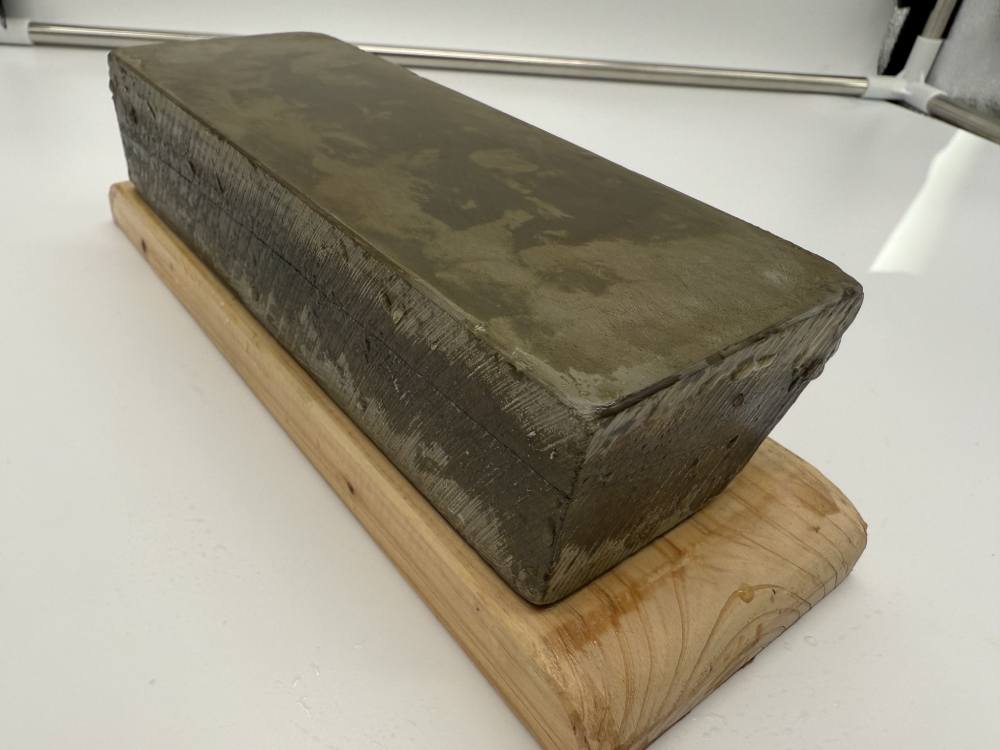
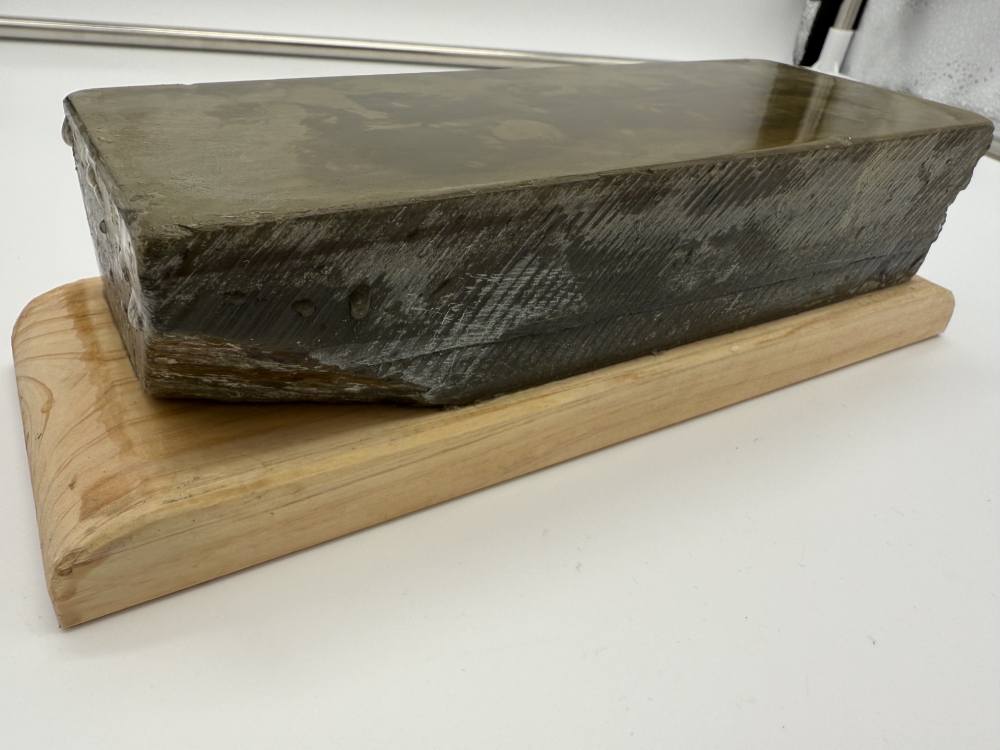
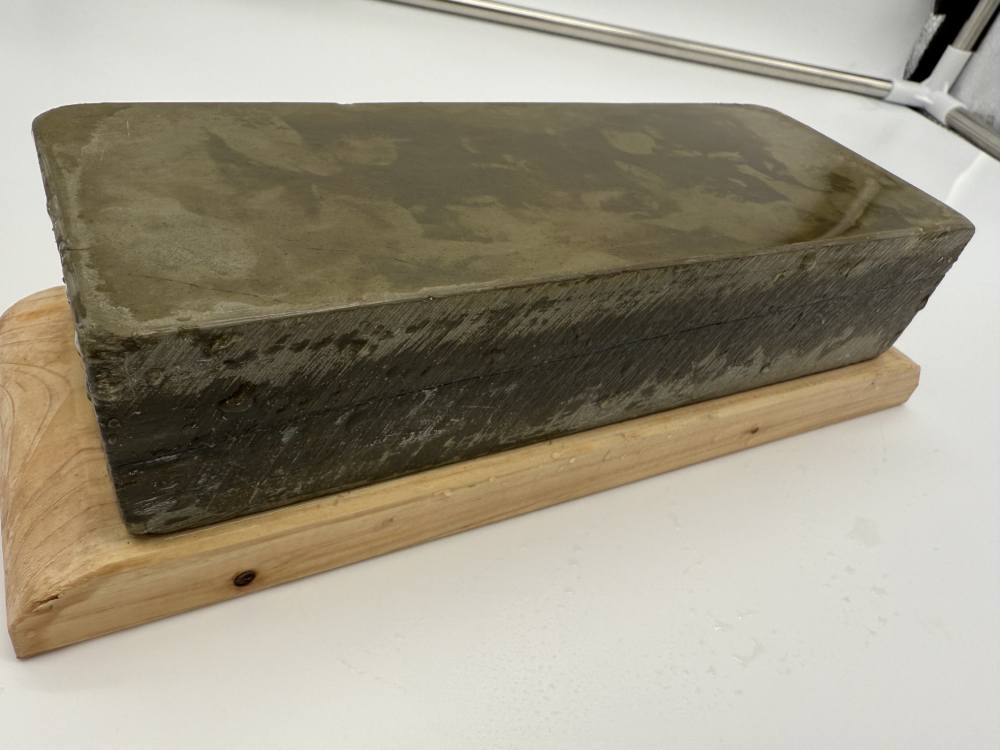
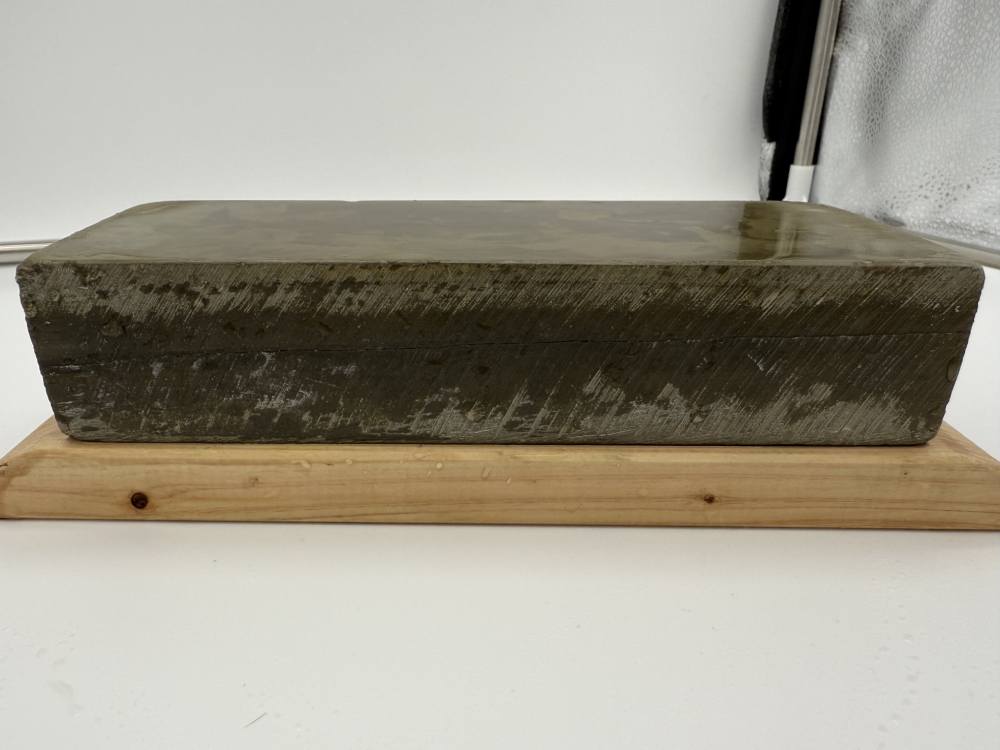
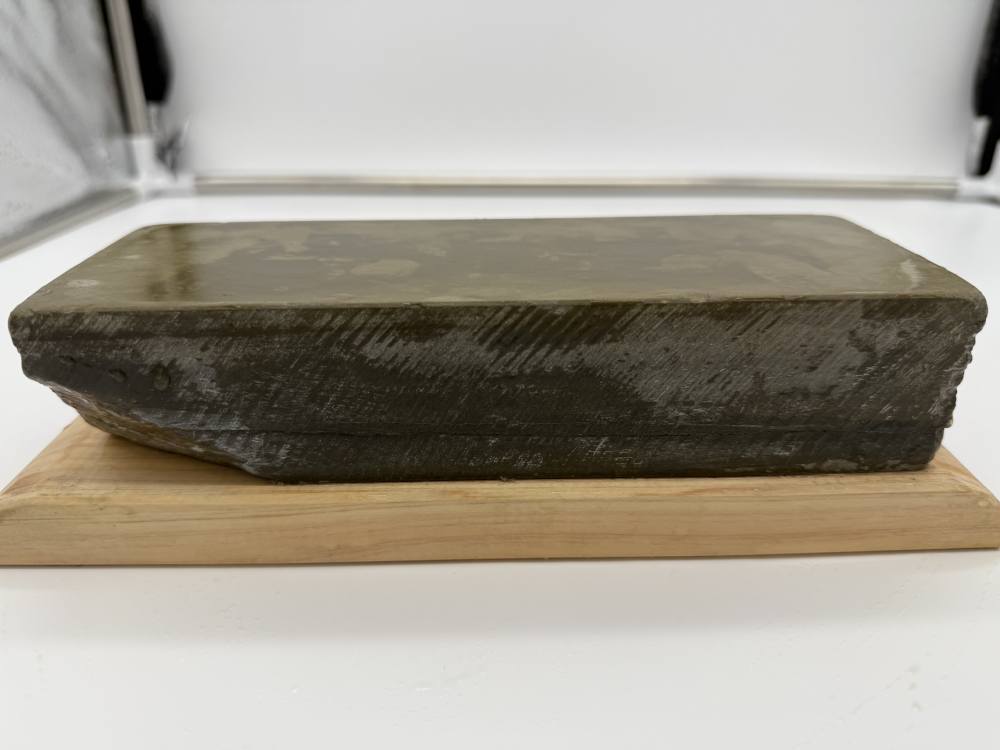
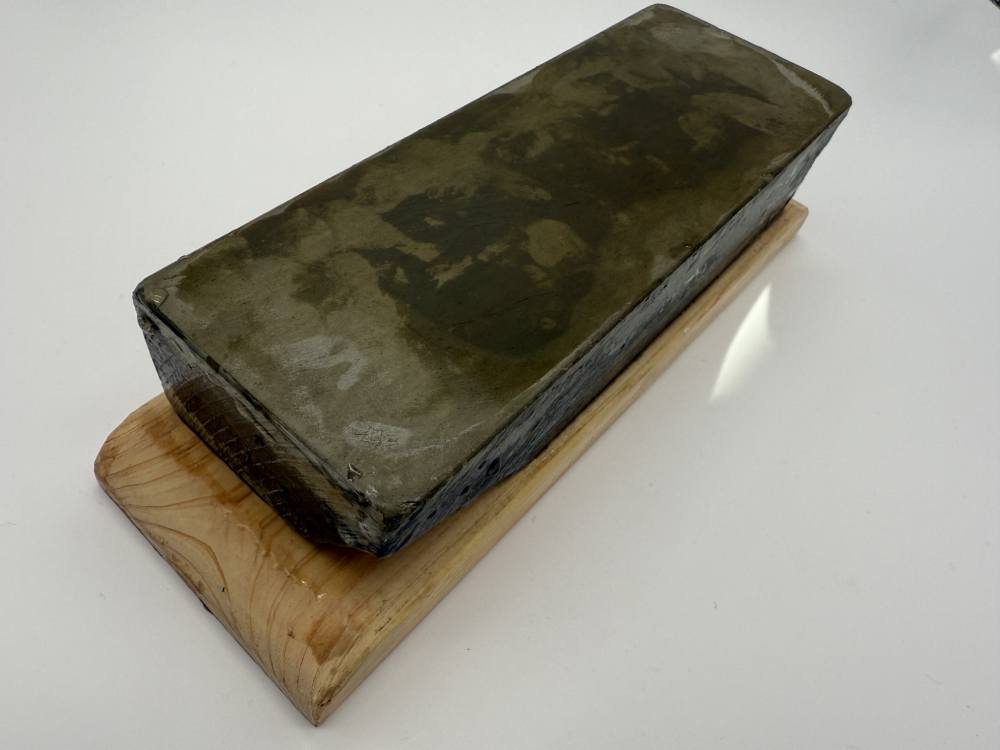

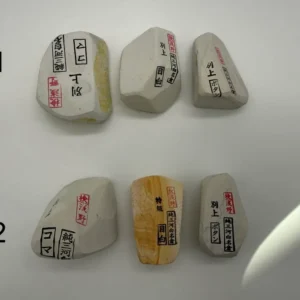
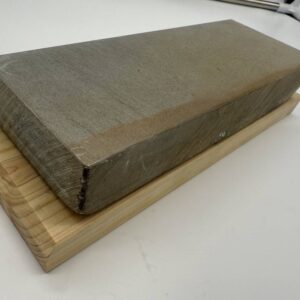




Reviews
There are no reviews yet.